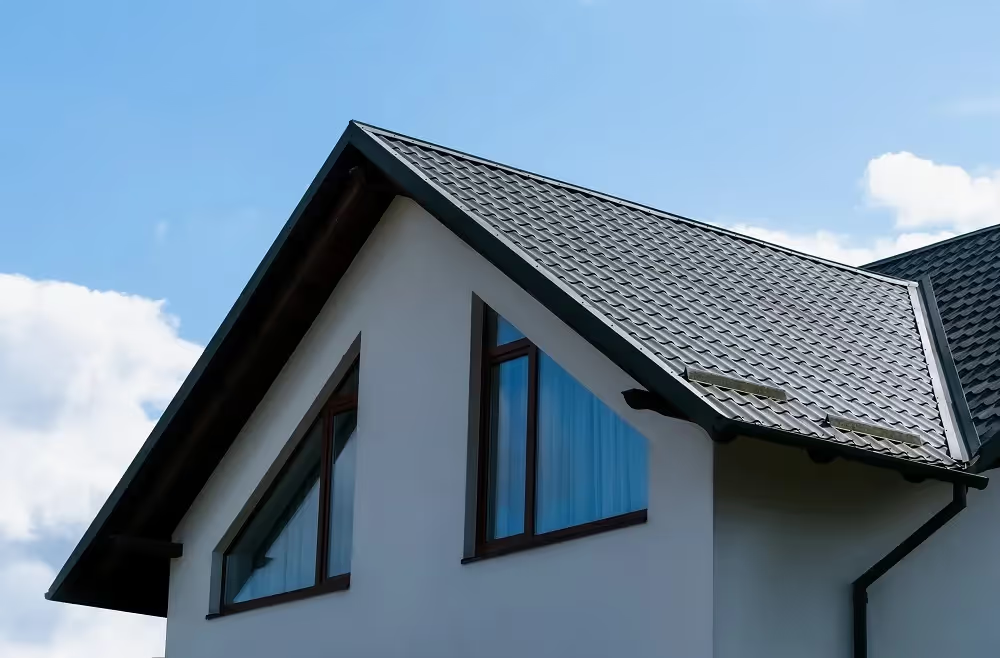Comparing seamless gutters to regular gutters
Seamless gutters and regular gutters accomplish the same goal: moving water away from your home’s foundation.
They even do it in the same way, by collecting rainwater from the roof and transferring it to downspouts and away from your house.
The main difference between seamless gutters and regular gutters is how they are constructed.
What are regular gutters?

Regular gutters, which are also referred to as traditional gutters or sectional gutters, are made from precut 10-foot or 20-foot sections that are pieced together.
Because of how they are pieced together, regular gutters have seams that are joined and must be sealed or soldered to keep the joints from leaking. That means they also have more potential failure points.
Regular gutters come in a variety of materials: vinyl, aluminum, steel, copper, and even wood.
What are seamless gutters?
Unlike regular gutters, seamless gutters are crafted on-site from a roll of material. The material – aluminum, copper, steel or zinc – is rolled through a truck or trailer-mounted machine that forms a continuous gutter.
Seamless gutters are called that because they only have joints, and therefore seams, at the corners where they wrap around the roof, if they do so.
Because there are very few joints, seamless gutters have very little chance of leakage and are easier to maintain.
Which type of gutter is best?
Despite the higher cost, seamless gutters are becoming increasingly more popular.
Even the most well-constructed regular gutter will degrade over time and leak. The seams themselves can also become an issue as debris can catch and cause a backup.
Because seamless gutters are formed from a single piece of material, they do not leak or backup as often as a regular gutter and are easier to clean. They also give a more uniform appearance.
If you have questions about your gutters, contact Quality Exteriors today.










